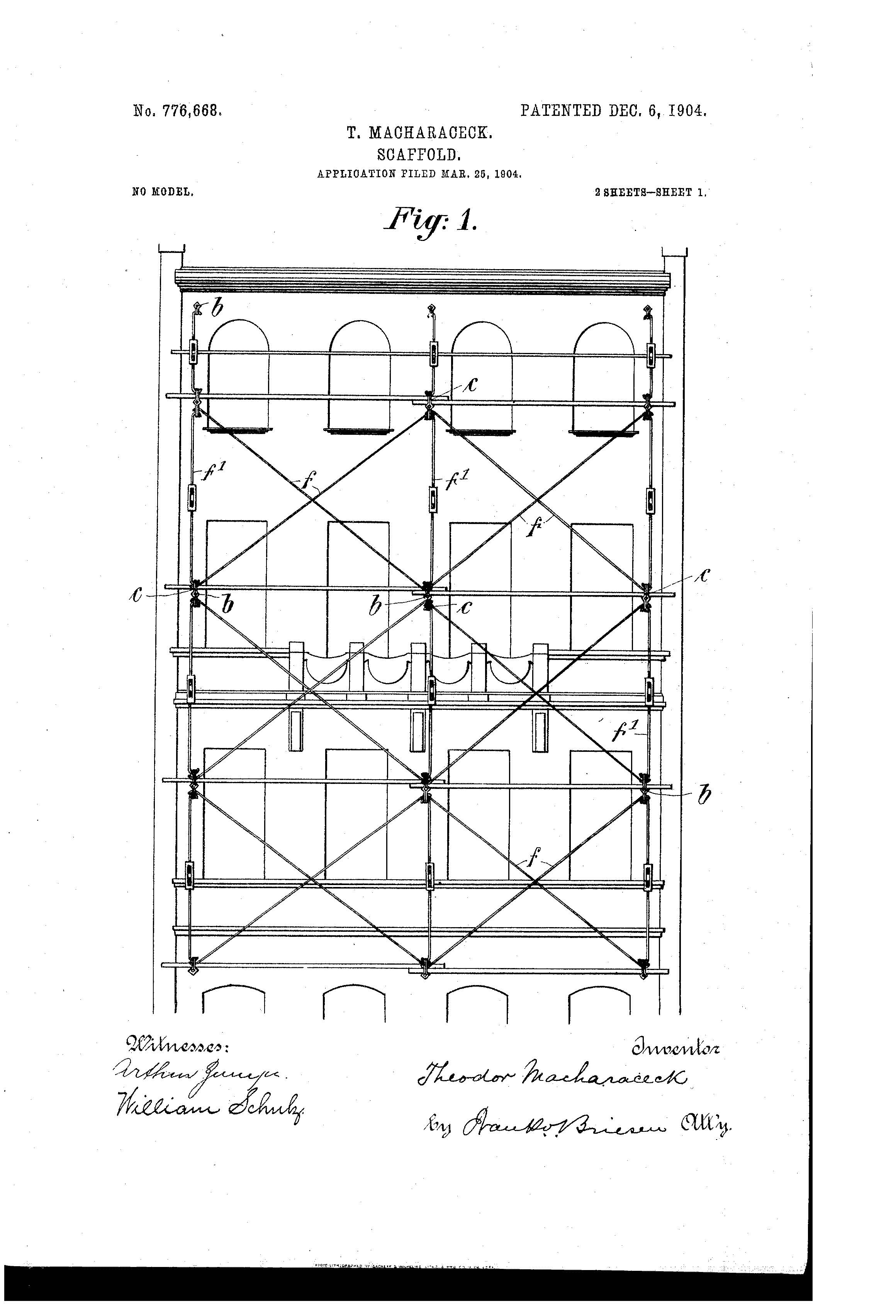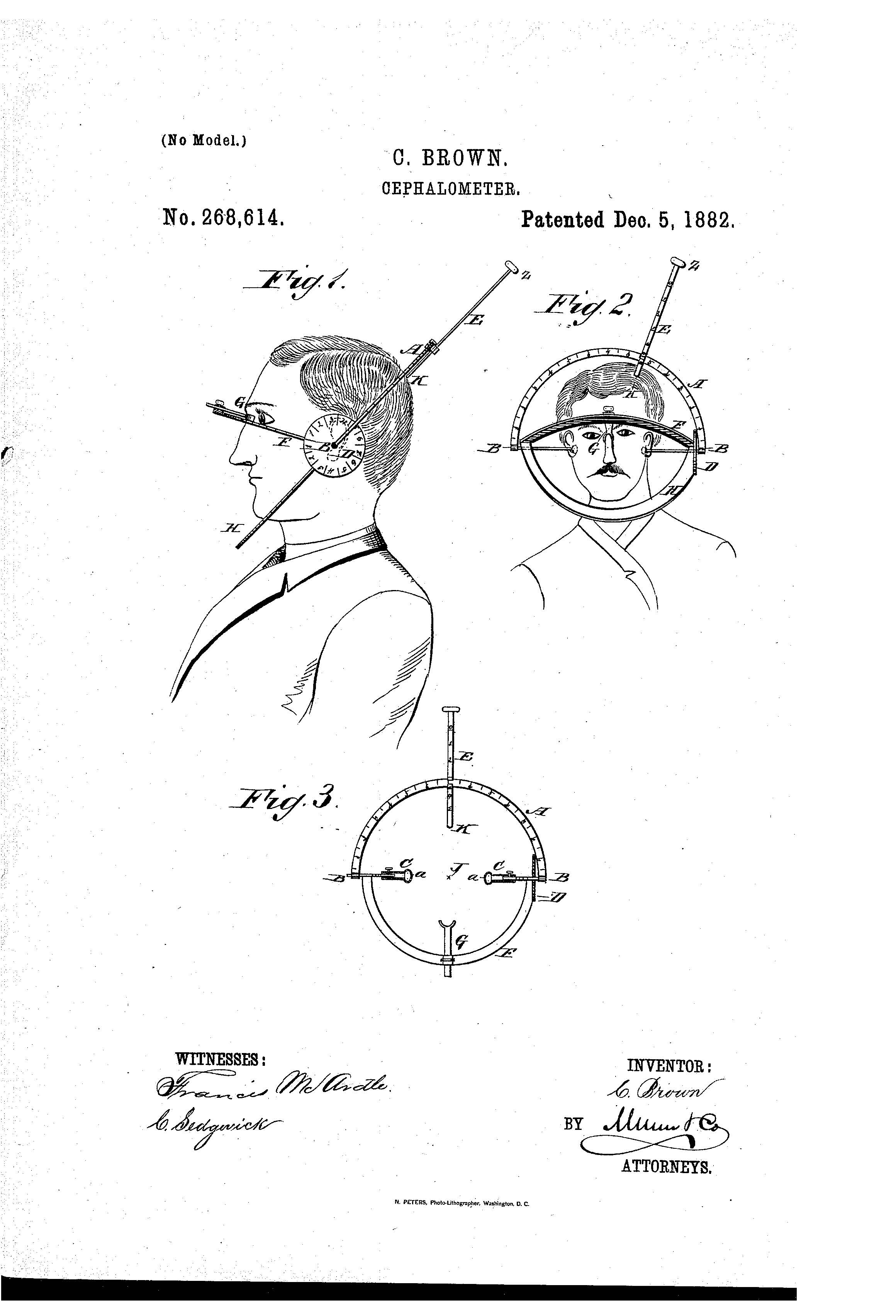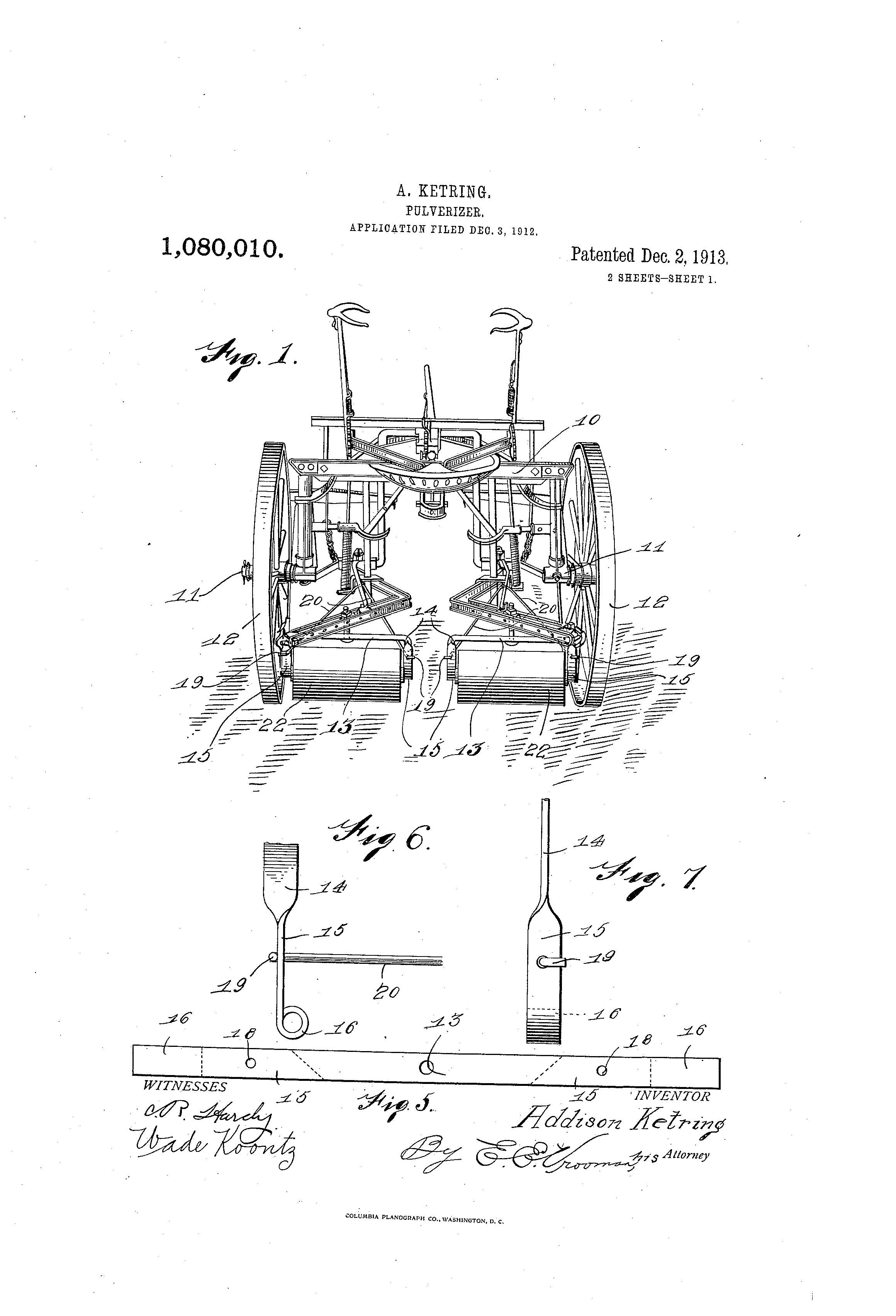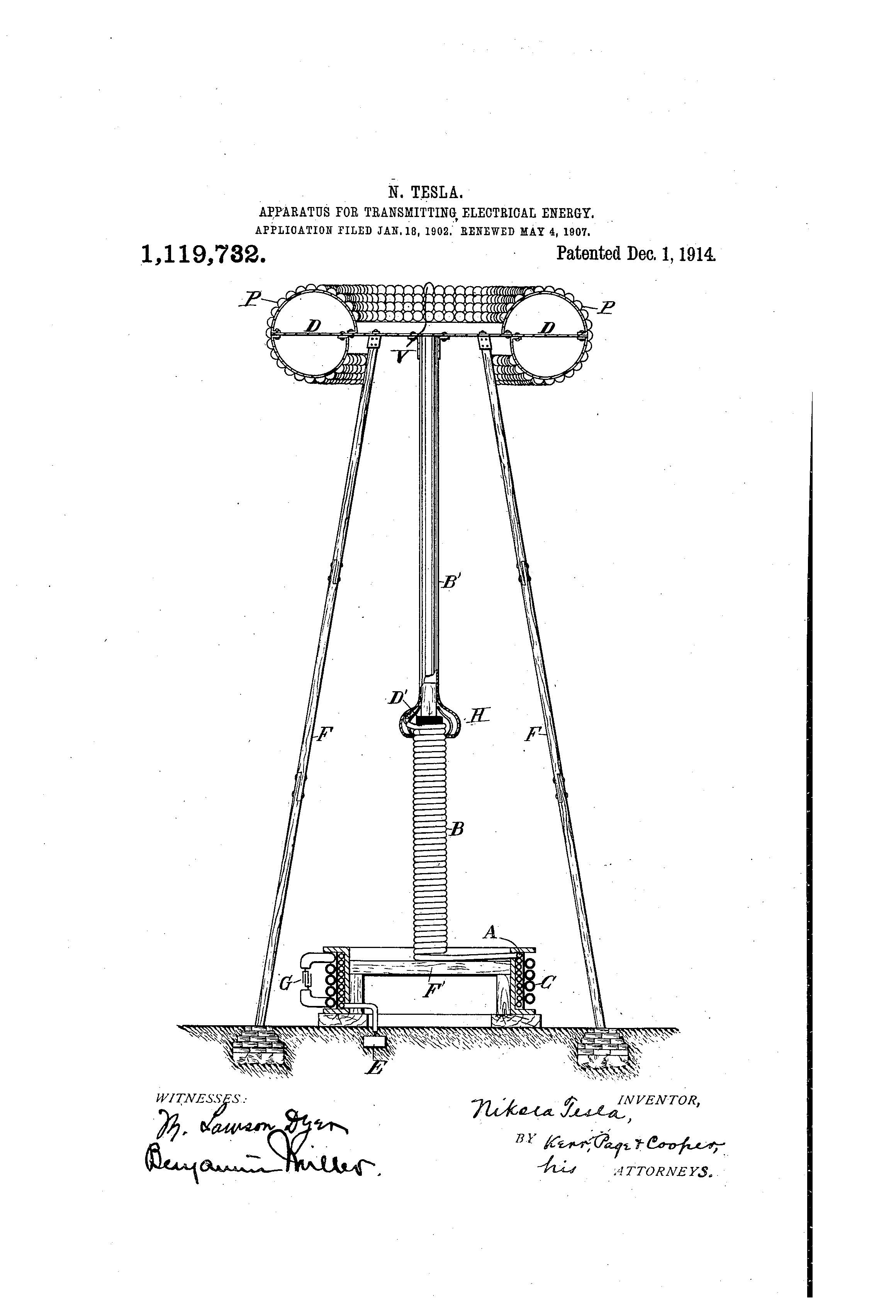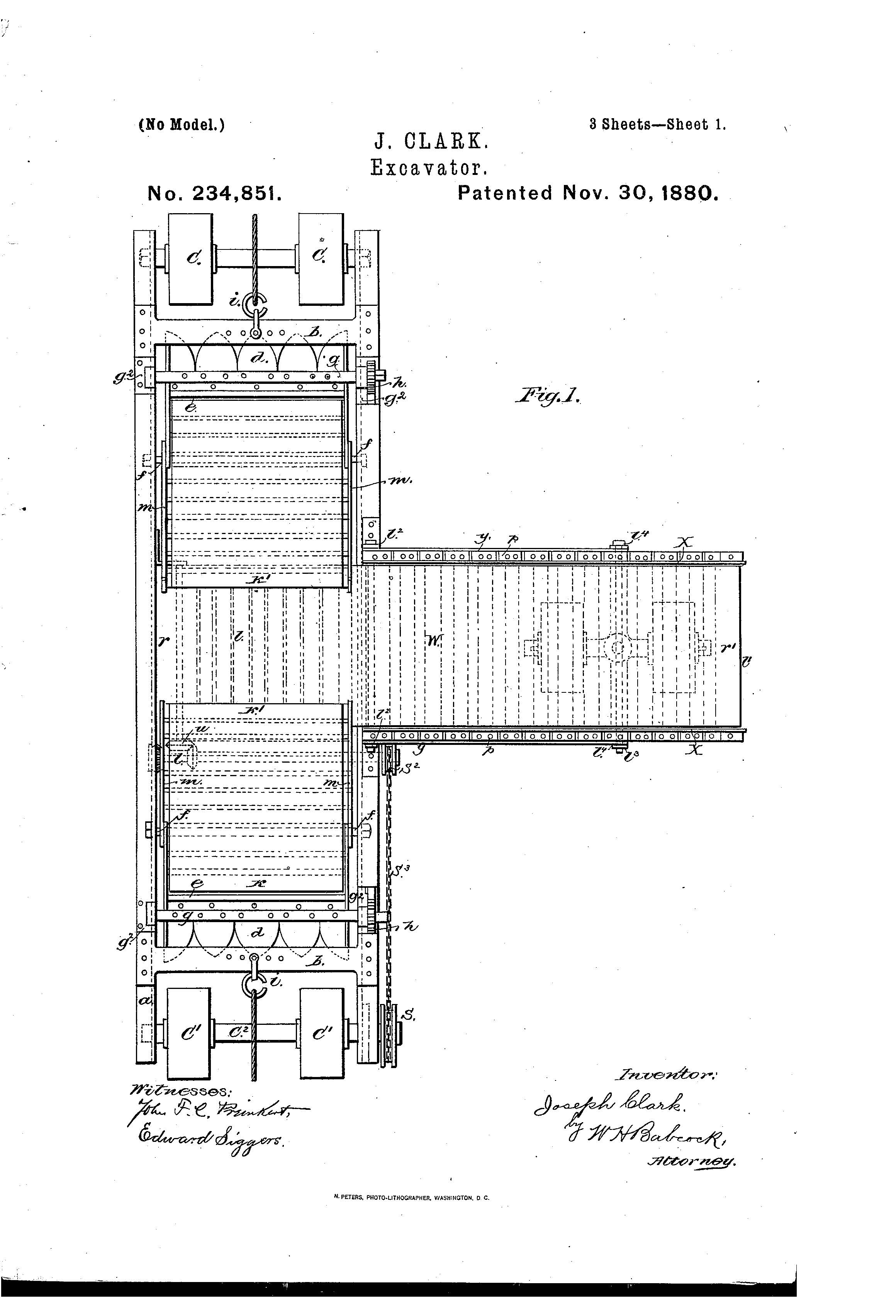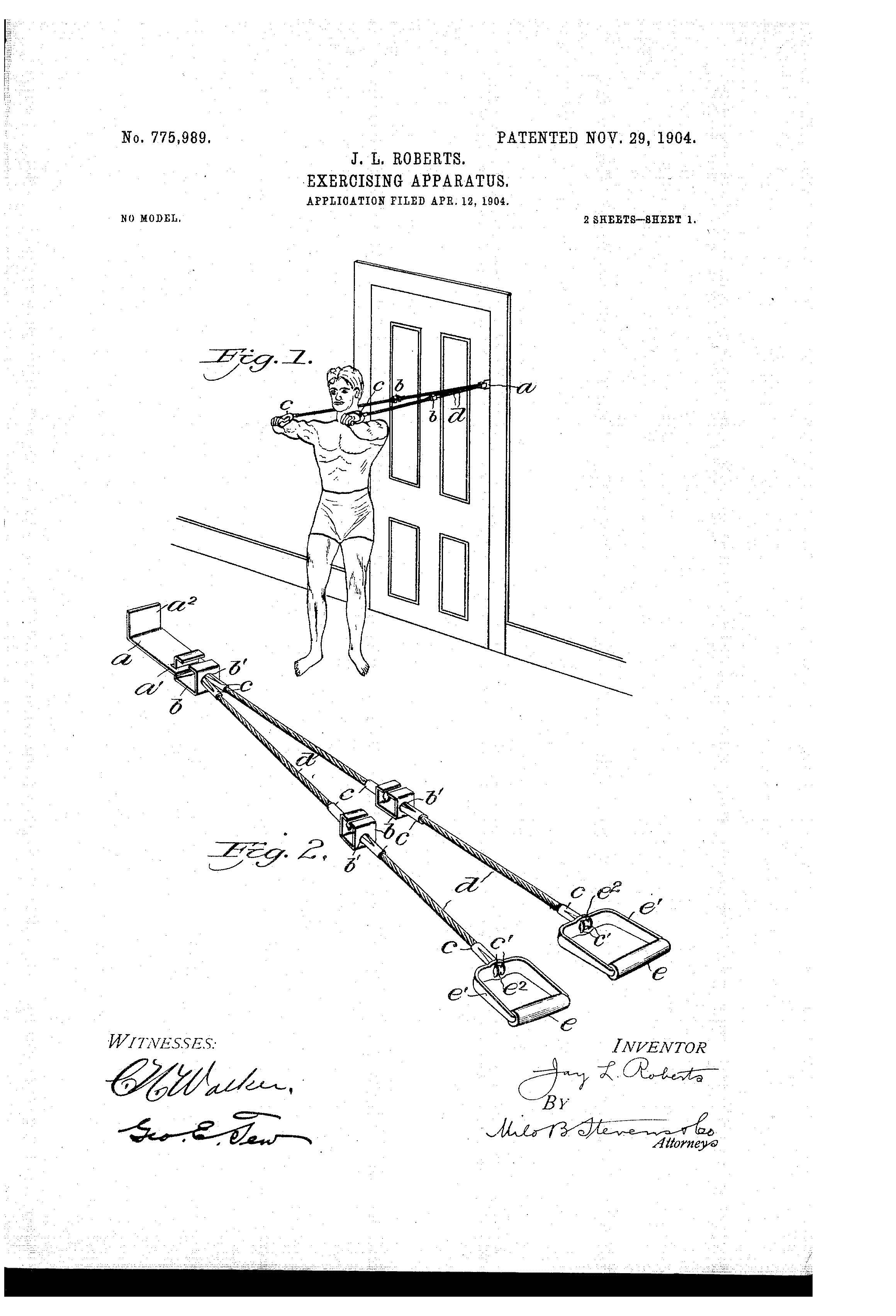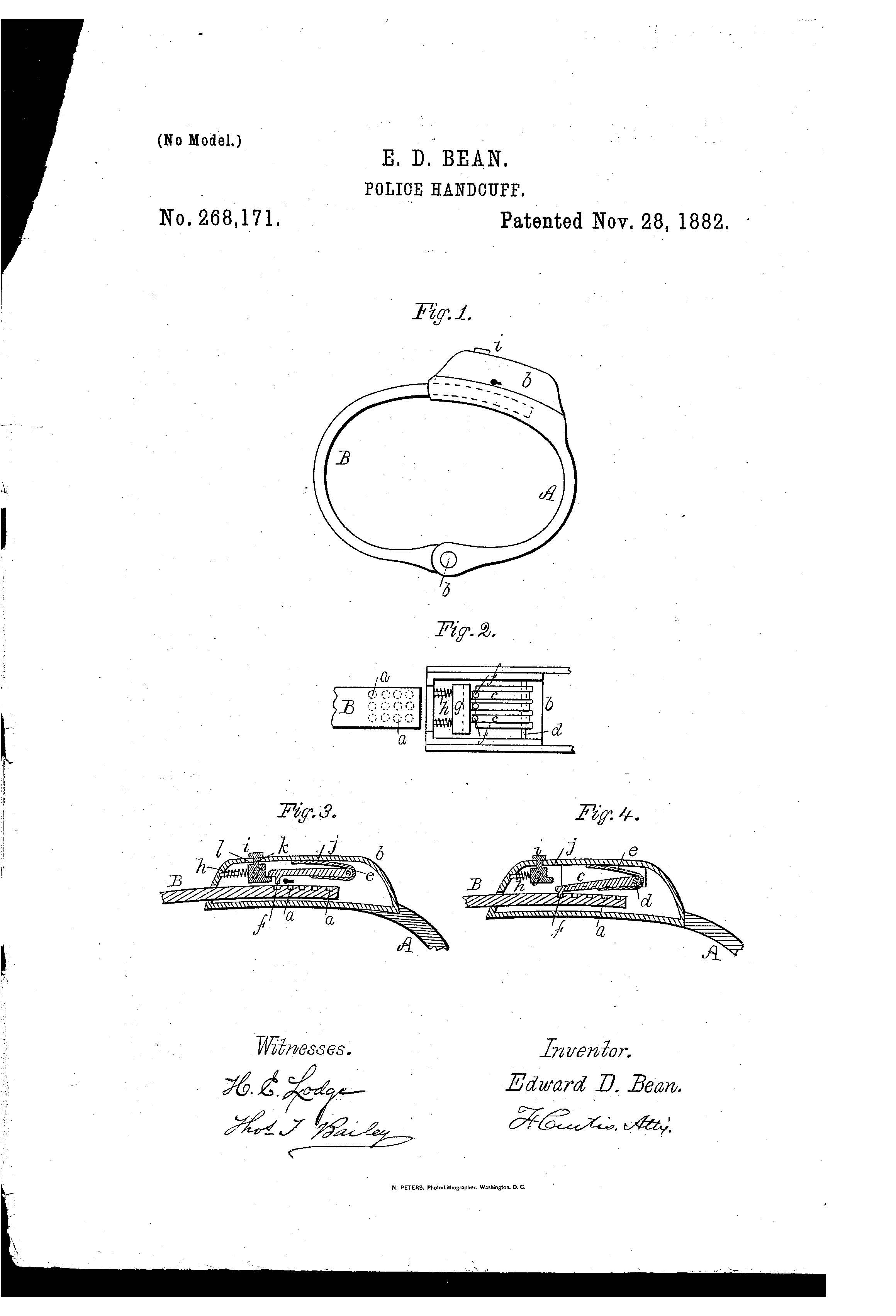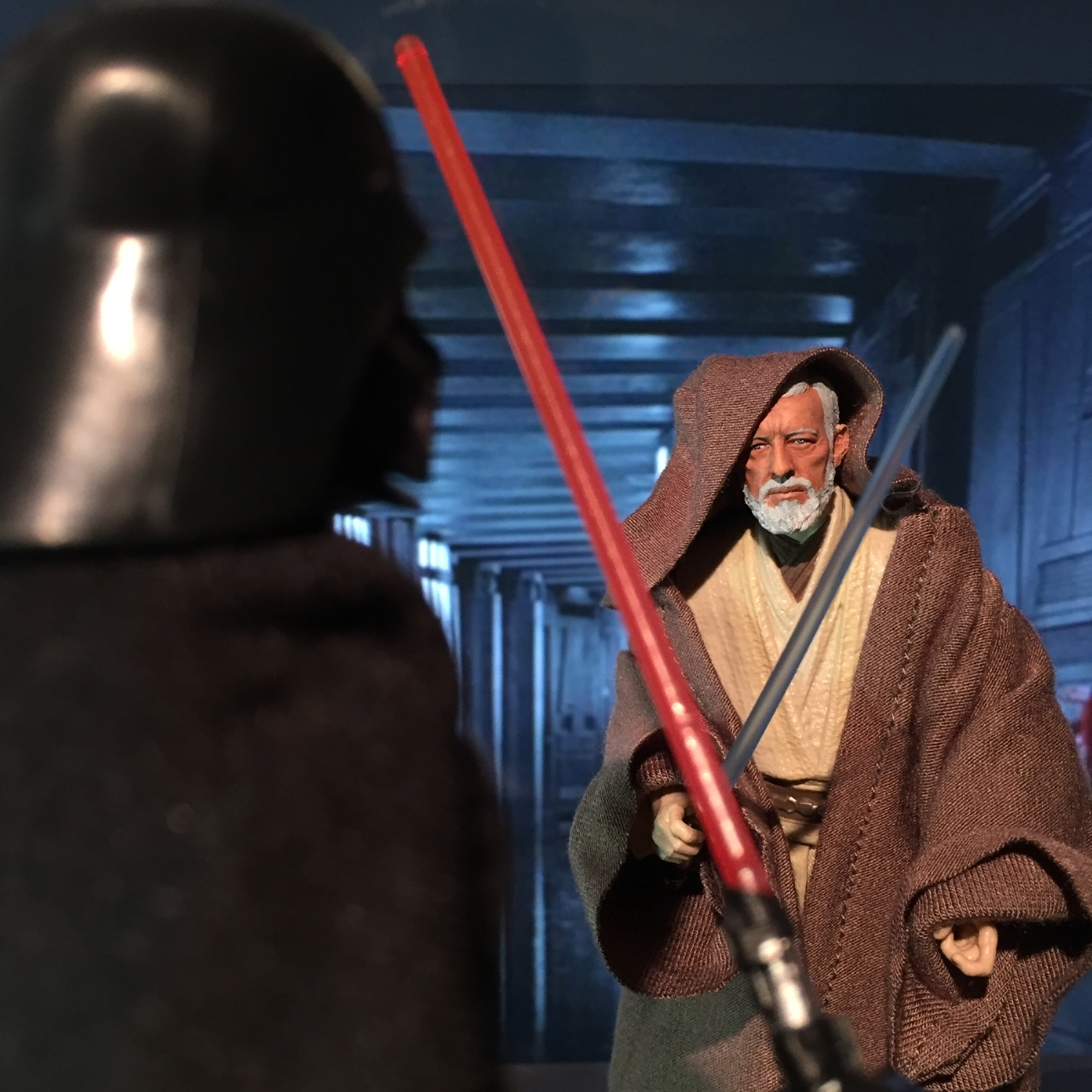Diaper Drive 2016
This holiday season Suiter Swantz IP is proud to help The Lydia House, a division of the Open Door Mission, by donating diapers to women and children in need. Some women are faced with the heart breaking decision of choosing between food or diapers for their baby, a decision nobody should ever have to make. We are proud to help relieve that burden by donating diapers.
It’s easy to get caught up in the holiday hustle and forget those in need so thank you to those who have taken the time to donate in the years past and thank you to those who plan on donating this year. It is greatly appreciated!
If you are planning to donate you can drop your diapers off at our office, 14301 FNB Parkway, Suite 220, Omaha, NE 68154.
If you have any questions please feel free to call us (402)496-0300.

Supreme Court to Hear Patent Exhaustion Case

Impression Products, Inc. is a small company that buys used printer cartridges, restores them and then re-sells them to businesses in West Virginia. Originally founded in 1979, the company focused on typewriter ribbons, but quickly adapted their business to handle the evolution to modern computer/printer technology. Recently, the company employing 25 people averaged around $10 million to $15 million in sales. Lexmark International, one of the world’s leading printing manufacturers, has filed a law suit against Impression Products alleging infringement.
Lexmark added Impression Products to an existing lawsuit that named other cartridge re-manufacturers as infringers of Lexmark’s toner cartridge patents. While the other cartridge re-manufacturers settled, Impression Products countersued.
Lexmark argues that Impression Products infringed on their toner cartridge patents because the cartridge was sold with a shrink wrap license. A shrink wrap license is an end user agreement that is usually enclosed with an item and contains pre-drafted terms and conditions, visible through the wrapper. The consumer agrees to these terms and conditions by opening the package. The terms on the Lexmark cartridge states:
RETURN EMPTY CARTRIDGE TO LEXMARK FOR RECYCLING
Please read before opening. Opening this package or using the patented cartridge inside confirms your acceptance of the following license agreement. The patented Return Program cartridge is sold at a special price subject to a restriction that it may be used only once. Following this initial use, you agree to return the empty cartridge only to Lexmark for recycling. If you don’t accept these terms, return the unopened package to your point of purchase. A regular price cartridge without these terms is available.
In February of 2016, this case was presented in the United States Court of Appeals for the Federal Circuit (CAFC or Court). The case required the Court to examine the “first sale” or “patent exhaustion” doctrine which provides that the sale of a patented item by the patent owner exhausts or terminates the rights of the patent owner once the sale is complete. In United States v. Masonite Corp., the Court explained that termination of the patent rights is dependent upon “whether or not there has been such a disposition of the article that it may fairly be said that the patentee has received his reward for the use of the article.” In another case, Bowman v. Monsanto Co., the Court stated that “[u]nder the doctrine of patent exhaustion, the authorized sale of a patented article gives the purchaser, or any subsequent owner, a right to use or resell that article.”
CAFC heard the Lexmark International, Inc. v. Impression Products, Inc. case en banc and held that “a patentee may preserve its §271 rights when itself selling a patented article, through clearly communicated, otherwise-lawful restrictions, as it may do when contracting out the manufacturing and sale…That conclusion follows naturally from the statute. Congress straightforwardly prescribed in §271(a), that a sale or use of patented article ‘without authority’ is an infringement.” The Court also held that the sale of a U.S. patented item to a foreign country does not exhaust the patent rights of the U.S. patentee when reservation of rights is not a part of the sale.
The Supreme Court has decided to hear the case, but prior to doing so they have solicited opinions from government officials, specifically the U.S. Solicitor General, Ian Heath Gershengorn. Gershengorn believes the Supreme Court should review not only the CAFC’s holding that post-sale restrictions on the use or resale of patented articles are enforceable under patent law, but also the CAFC holding that foreign sales never trigger exhaustion of U.S. patent rights.
This case will likely be heard by the Supreme Court in early spring of 2017 with a decision following in late spring or early summer.
Patent of the Day: Scaffold
On this day in 1904 Theodor Macharaceck was granted the patent for SCAFFOLD. U.S. Patent No. 776,668.
This invention relates to a free-hanging self-sustaining scaffold for the fronts of buildings to be used chiefly by sculptors, painters, and repairers.
The design of this invention includes poles that are screwed into sockets fitted in the wall of the building. The poles are then connected by a peculiar system of hangers and diagonal braces carrying turnbuckles. For the reception of the poles bearing the planking the ordinary sockets are employed.
This particular patent is improved from other scaffolds as it juts out father out without losing its stability as well as its lighter construction.


Patent of the Day: Cephalometer
On this day in 1882 Clark Brown was granted the patent for CEPHALOMETER. U.S. Patent No. 268,614.
This patent is designed to take measurements of the human head for phrenology, ethnology, anthropology, and sculptures. The measurements are taken of all portions of the head with relation to the central point of the head corresponding with the head of the spinal column.
Cephalometry is the study of the human head. Anthropologists, doctors, and scientists have been using Cephalometry for hundreds of years. Anthropologists use it to measure a skull and based on the measurements and other assessments could determine the time period of the skull, the sex of the skull as well as the ethnicity of the skull. Doctors would use the measurements of a baby's head in utero to discover whether or not the baby had a large and soft head. This finding would determine the difficulty of the pending labor.

Office Hours December 15 at The Startup Collaborative
Suiter Swantz IP will be holding office hours December 15th at The Startup Collaborative, located in the Exchange Building in downtown Omaha.
Matt Poulsen will be there from 2:30 - 4:30 pm. Feel free to send Matt an email (map@suiter.com) if you’d like to reserve a time slot or have any questions. In addition, meeting times can always be made on an as-needed basis.
Suiter Swantz IP
402-496-0300
www.suiter.com
Patent of the Day: Pulverizer
On this day in 1913 Addison Ketring was granted the patent for PULVERIZER. U.S. Patent No. 1,080,010.
This invention relates to agricultural implements and has special reference to an attachment to cultivators for pulverizing the soil after the same has been operated upon by the cultivator.
This item has advanced since 1913 and is now referred to as a roller. The roller is used to flatten land or break up large clumps of soil, especially after the fields have been plowed. The roller was originally pulled by animals such as horses or oxen but is now pulled by a tractor.
Pulverizing the land or making it flatter allows for weed control which makes harvesting easier. The roll also helps to reduce moisture loss from cultivated soil.


Patent of the Day: Apparatus for Transmitting Electrical Energy
On this day in 1914 Nikola Tesla was granted the patent for APPARATUS FOR TRANSMITTING ELECTRICAL ENERGY. U.S. Patent No. 1,119,732.
In endeavoring to adapt currents or discharges of very high tension to various valuable uses, as the distribution of energy through wires from central plants to distant places of consumption, or the transmission of powerful disturbances to great distances, through the natural or non-artificial media, difficulties were encountered in confining considerable amounts of electricity to the conductors and preventing its leakage over their supports, or its escape into the ambient air, which always takes place when the electric surface density reaches a certain value.
The intensity of the effect of a transmitting circuit with a free or elevated terminal is proportionate to the quantity of electricity displaced, which is determined by the product of the capacity of the circuit, the pressure, and the frequency of the currents employed. To produce an electrical movement of the required magnitude it is desirable to charge the terminal as highly as possible, for while a great quantity of electricity may also be displaced by a large capacity charged to low pressure, there are disadvantages met with in many cases when the former is made too large. The chief of these are due to the fact that an increase of the capacity entails a lowering of the frequency of the impulses or discharges and a diminution of the energy of vibration. This will be understood when it is borne in mind, that a circuit with a large capacity behaves as a slackspring, whereas one with a small capacity acts like a stiff spring, vibrating more vigorously. Therefore in order to attain the highest possible frequency, which for certain purposes is advantageous and, apart from that, to develop the greatest energy in such a transmitting circuit, a terminal of relatively small capacity is employed, which is charge to as high a pressure as practical. To accomplish this result it is imperative to so construct the elevated conductor, that its outer surface, on which the electrical charge chiefly accumulates, has itself a large radius of curvature, or is composed of separate elements which, irrespective of their own radius of curvature, are arranged in close proximity to each other and so, that the outside ideal surface enveloping them is of a large radius. Evidently, the smaller the radius of curvature the greater, for a given electric displacement, will be the surface-density and, consequently, the lower the limiting pressure to which the terminal may be charged without electricity escaping into the air. Such a terminal is secured to an insulating support entering more or less into its interior, and it is likewise connected to the circuit to it inside or, generally, at points where the electric density is small. This plan of constructing and supporting a highly charged conductor is found to be of great practical importance, and it may be usefully applied in many ways.

Patent of the Day: Excavator
On this day in 1880 Joseph Clark was granted the patent for EXCAVATOR. U.S. Patent No. 234,851.
The object of this patent was to reduce the cost of cutting canals, docks, railways, and other similar works, and to reduce the time required for the execution of such works by digging out a larger quantity of materials in a shorter about of time.
This excavator was designed to dig into the earth and remove dirt with a long steel cutter or digging-spade. The machine is equipped with cutters on both ends to enable it to cut both ways without having to turn the machine around. This particular machine is drawn by any ordinary winding-engine but the inventor prefers to drive it with steam; it is noted wind, or other motive power may also be convenient.



Army Patents Blast Debris Protective Harness

A new design has been patented by engineers and designers at the Army Natick Soldier Research, Development and Engineering Center (NDRDEC) that can potentially protect the wearer from blast debris, BLAST DEBRIS PROTECTIVE HARNESS (U.S. Patent No. 9,322,618).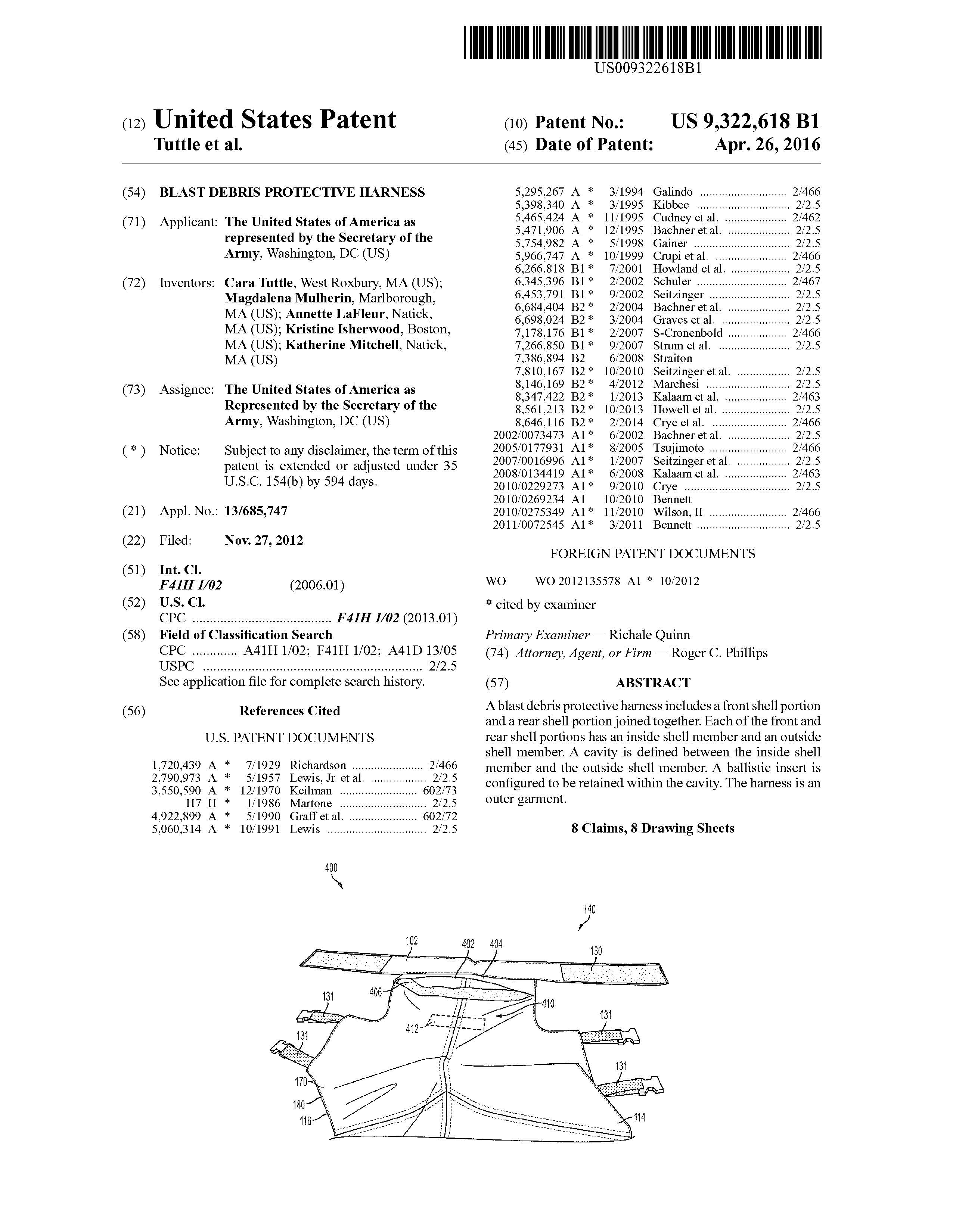
The harness is designed to be worn outside the pants to protect the lower torso, specifically the lower intestine, lower spine, groin and the femoral artery, areas of the body that are vulnerable to injury from gunshots to shrapnel. Injuries that occur in these areas can be severe and require immediate medical attention as well as repeat surgeries to keep the wound clean and clear of debris and infection. In addition to the hygiene and health issues the harness can prevent, it also helps to provide fragmentation protection, injuries that can be obtained from artillery shell fragments.
Kristine Isherwood, project lead, noted the patented design for this harness came when an urgent operational needs statement was issued for blast debris protection. Cara Tuttle, an NSRDEC clothing designer said "The protection that existed before was letting debris in because it wasn't fitted close enough to the body. Soldiers weren't wearing it often enough, and it didn't come down inside of the leg to protect the femoral artery." The armor previously used was ineffective; when soldiers would kneel it would shift the armor leaving areas of the body exposed and at risk for dangerous injury.
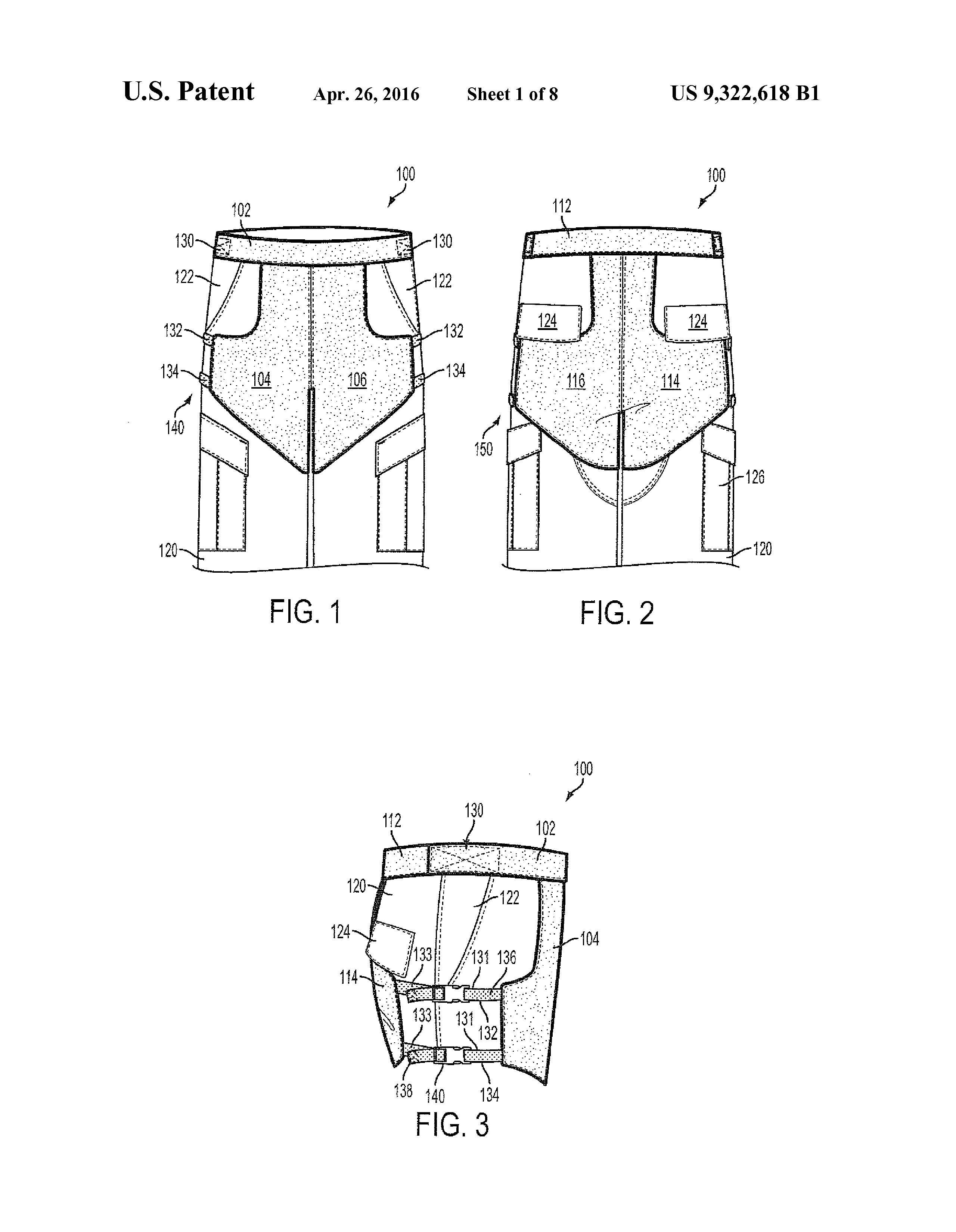 Several other options and prototypes were made and discussed prior to this design, some of those being an under-trouser, within-trouser, and over-trouser designs. The designers settled on this harness because its overlapping layers of Kevlar did not restrict movement or range of motion while it still remained snug to the body. "It was challenging to add layers and area of coverage without impacting movement," said Isherwood. "Whether you had to climb in a window or kneel, [the harness] needed to stay in place, but also allow full range of motion. The uniqueness of this design is that it's stable but moves with you."
Several other options and prototypes were made and discussed prior to this design, some of those being an under-trouser, within-trouser, and over-trouser designs. The designers settled on this harness because its overlapping layers of Kevlar did not restrict movement or range of motion while it still remained snug to the body. "It was challenging to add layers and area of coverage without impacting movement," said Isherwood. "Whether you had to climb in a window or kneel, [the harness] needed to stay in place, but also allow full range of motion. The uniqueness of this design is that it's stable but moves with you."
The harness design was also made with a soldier’s hygiene in mind. The separate pieces allow the soldier’s pants to be laundered separately from the protective equipment while still allowing the soldier to wear the harness rather than having the protection as part of the pants.
Another factor that was an issue when developing the harness was the “cool factor” according to Tuttle “[t]he shape of the design came about due to considering soldier acceptability. If something isn’t designed with this sort of 'cool' factor, then soldiers are less likely to wear it," she said. "The factor that it looks like a harness and not a diaper, for instance, helps make it more acceptable to soldiers to wear."
While this harness is crucial in protecting those men and women that are protecting this country, it will also have a profound effect on those first responders serving local communities as the harness may be licensed, in the future, for use by first responders.
Patent of the Day: Exercising Apparatus
On this day in 1904 Jay L. Roberts was granted the patent for EXERCISING APPARATUS. U.S. Patent No. 775,989.
This invention relates to an exercising or athletic apparatus having an elastic cord to which handles are applied for the purpose of manipulation to give the desired movement. The cords are fastened to the handle and two or more cords are coupled together to allow for engagement between a door and the casing thereof. This device was made portable so that it can be used in any place at anytime.
This invention has grown to be used as more than just an exercising apparatus. The cords, originally made of surgical tubing, were used for body and muscle rehabilitation. Over time the apparatus has grown in popularity and is now used for physical therapy rehab, kinetic and plyometric training, while also helping with fitness, strength, power and flexibility. The cords come in different sizes, strengths and shapes and are affordable pieces of equipment that everyone can own. The cords' materials have also advanced from surgical tubing. The materials progressively improved and were made of latex but, due to allergies changes had to be made. Now the most common cord/resistance band seen is the FDA approved polymer resistance band.


Patent of the Day: Police Handcuff
On this day in 1882 Edward Davis Bean was granted the patent for POLICE HANDCUFF. U.S. Patent No. 268,171.
This invention was created out of necessity. Police officers had difficulties apprehending offenders as the handcuffs would close and lock before the officer could succeed in getting the handcuff around the offender's wrist. When this occurred it took the officer a substantial amount of time and difficulty to unlock the handcuffs which afforded the offender time to escape the control of the officer.
The object of this invention is to prevent accidental or premature locking of handcuffs by providing them with a lock containing and adjustable stop controlled by a readily-accessible thumb-knob, by which the latch or bolt of the lock is restrained from engaging in the hasp until the officer releases them by pressure of said thumb-piece.
Some of the first handcuffs to be used were a "one size fits all" design and this created problems for police officers and the offenders they apprehended. The cuffs were either too tight, causing pain, or too loose, allowing the offender to slip out of them. In 1862 the first pair of adjustable handcuffs was patented and the improvements have continued from there.

Jedi Training Class Sued by Lucasfilm Empire

The help of Obi-Wan Kenobi may not be enough to get business owner Michael Brown out of a trademark lawsuit that Lucasfilm filed on October 14th.
Brown, who adopted the name Flynn Michael, is a resident of San Francisco, California, and operates multiple businesses under many names such as New York Jedi, Lightsaber Academy, and Thrills and Skills. The businesses proclaim to teach and certify Star Wars fans in the ways of a Jedi. According to the website (lightsaberacademy.com), participants will learn “The 8 core principles” of a Jedi, “Academic Study, Stage Combat, or Sport Dueling.” The classes are taught by martial arts experts, stage and fight choreographers, and professional dancers. The website states classes can be purchased for about $10 with most of the profits going towards the cost of the studio space.
Disney’s Lucasfilm discovered these businesses and filed suit with the District Court of the Northern District of California, San Diego Division for trademark infringement. Disney, known for their emphatic protection of their intellectual property, did not comment specifically on this matter but stated “We protect our intellectual property rights vigorously and we take reports of suspected infringement seriously.”
In the court document Lucasfilm states “Defendants regularly use the Lucasfilm Trademarks without authorization in connection with their businesses. Among other infringing activities, Defendants use a logo that is nearly identical, and confusingly similar, to Lucasfilm’s trademark Jedi Order logo.”
On the website lightsaberacademy.com, there is a disclaimer at the bottom of the page stating “[w]hile this website and content references materials and subjects found in their franchises, we have no affiliation with Star Wars, Lucasfilm, or Disney. All content [is] property of Lightsaber Academy, Inc., except where noted.” Although Light Saber Academy thought it would avoid any issues by posting this disclaimer, unfortunately, a simple disclaimer does not protect the company from trademark infringement.
Lucasfilm also accused Brown’s companies of cybersquatting — registering names, especially well-known company or brand names, as internet domains, in hopes of reselling them for a profit — and unfair competition. Brown “repeatedly sought license or authority from Lucasfilm to engage in the infringing activities” but was denied. Despite being sent multiple cease and desist letters from Lucasfilm, Brown continued to operate his businesses. After Brown received the letters he attempted to file a trademark for “Lightsaber Academy, Inc.”
Compounding the matter, Walt Disney World’s Hollywood Studios offers a Jedi Training Academy itself. The Jedi Training Academy allows children ages 4-12 to dawn brown robes and pledge to uphold the Jedi Oath. Guided by a “Jedi Master,” the children are instructed on how to use the lightsaber and how to use the force to beat the Dark Side. At the end of the training, each child is given a short amount of time to duel Darth Vader and use the force to defeat him, the Sith and the Stormtroopers. When the battle is over, the children are awarded a certificate that proclaims them to be Padawans, which are students devoted to Jedi Knight training.
Lucasfilm is demanding a permanent injunction, actual damages and profits, or alternatively, $2 million in statutory damages for each infringement.
Unfortunately, for Brown, the force may not be strong with his defense.



